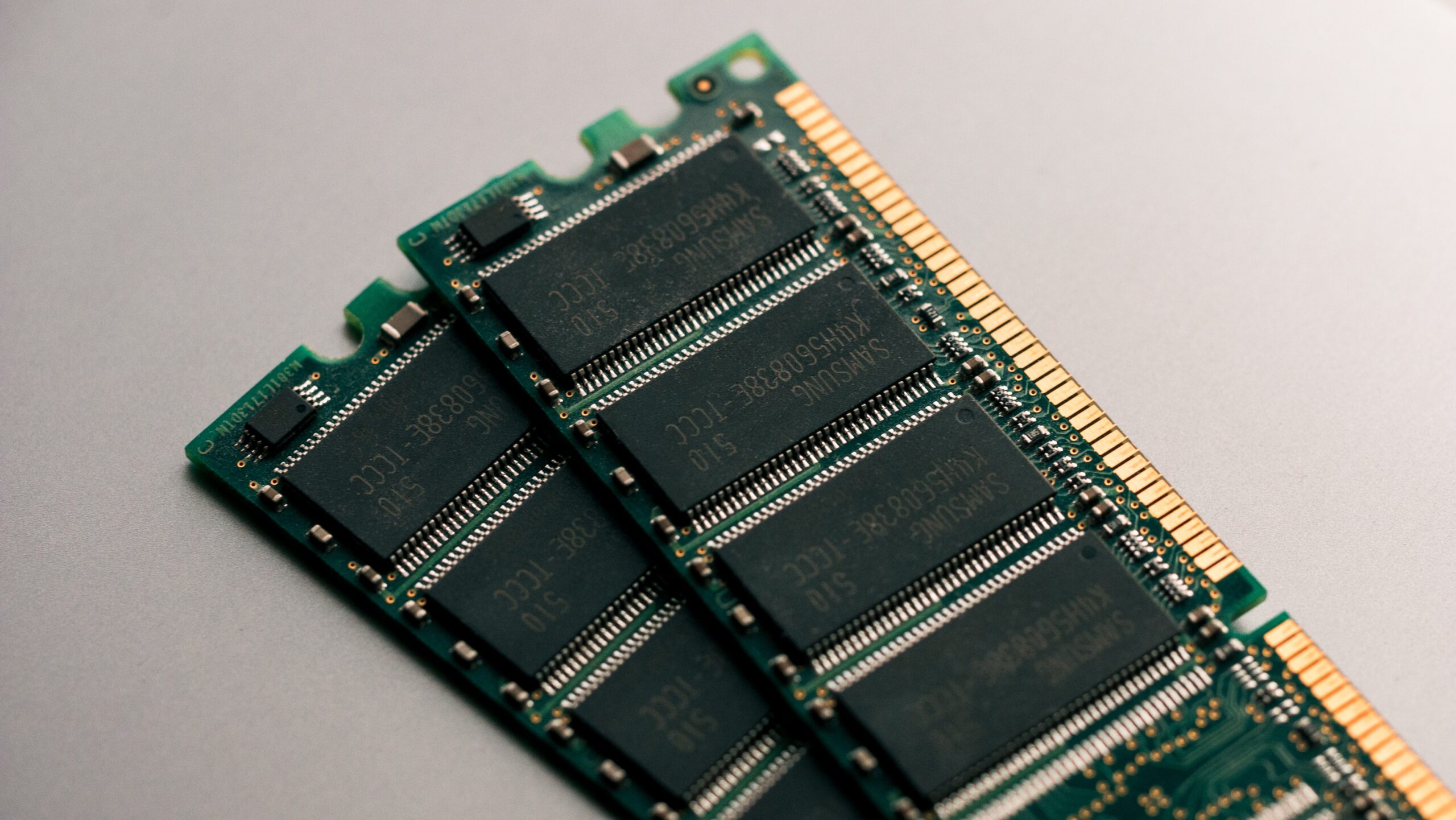
Changing or upgrading the RAM of a PC is not complicated at all. You just have to find out some information such as the type, format, capacity and frequency that our computer requires to be able to make the "update" or improvement. However, of these technical parameters there is a little known and misunderstood one called "range", which can have a significant impact on PC performance..
In simple terms, the range or "rank" is a block or area of information of 64 bits (NON- ECC memories ) or 72-bits (with ECC) that is formed internally with some or all of the physical chips that come "stuck" in the RAM memory card. The manufacturer must design the RAM module to have at least one rank, known as single rank or 1R memory. There are also less common RAMs that have two ranks (dual rank or 2R) and even more rare those with four ranks (quad rank or 4R).
On the other hand, you should also know that each physical chip that is "stuck" in the module itself of the RAM card has several "banks". Each chip can contain 4, 8, or 16 banks. This value can be seen in the RAM specification, next to the range. So, for example, when a RAM is single-rank, it can be labeled as 1Rx4, 1Rx8 or 1Rx16..
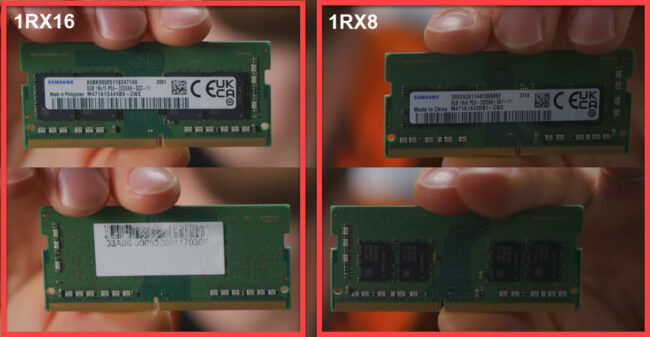
To get the range of RAM to be 64 bits (or 72 in the case of ECC memories), the manufacturer can play with the number of physical chips and banks: Range=Chips X Banks . In the image above, the RAM on the left has four chips and is 1Rx16 (4 times 16 = 64 bits) while the RAM on the right has 8 chips and is 1Rx8 (8 times 8 = 64 bits). In both cases, the manufacturer has complied with the single rank, but these RAM memories do not perform the same (despite having the same frequency and capacity).
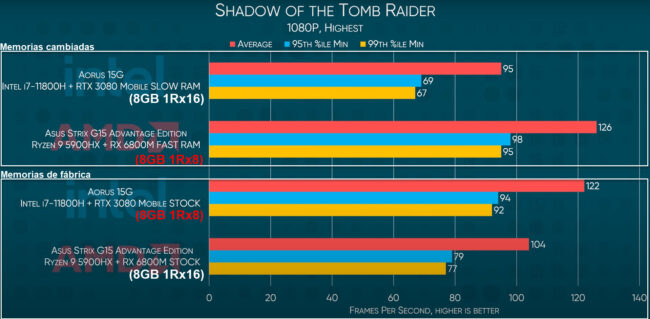 The latency data of each RAM is not specified, but it does not matter if it is in Ryzen or Intel, the 1Rx8 RAM of 8 physical chips greatly improves the performance of the PC. The 4 physical chip 1Rx16 RAM performs worse in both cases as well.
The latency data of each RAM is not specified, but it does not matter if it is in Ryzen or Intel, the 1Rx8 RAM of 8 physical chips greatly improves the performance of the PC. The 4 physical chip 1Rx16 RAM performs worse in both cases as well. Above you can see the above RAM modules in action. 1Rx8 RAM came from the factory on a $2400 AORUS laptop and 1Rx16 on a $1600 Asus Strix laptop . In their original states, it might stand to reason that the more expensive laptop would perform better than the "cheap" one. The interesting thing is that this is due almost entirely to the RAM that each one brings. Just by swapping the RAM modules between the two laptops, the expensive one performed like the cheap one and vice versa..
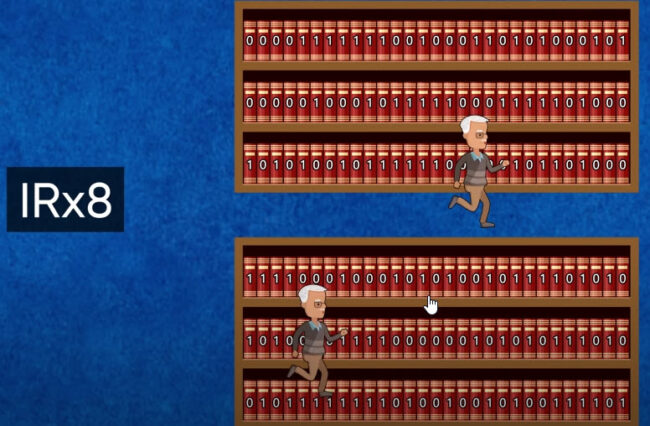
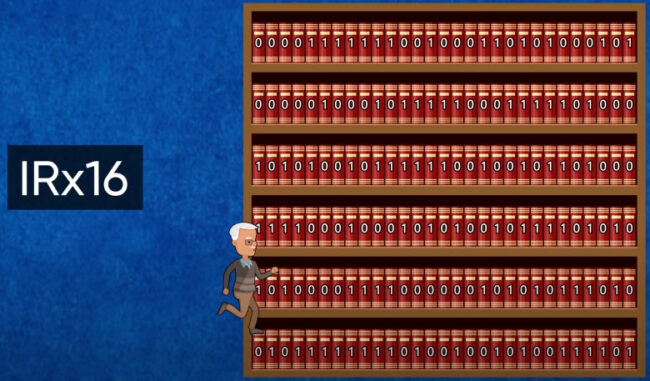
This behavior could be explained with the previous illustrations. The more physical chips in RAM, the faster the computer. The cost of a higher-chip RAM module may be a bit more than its stripped-down version, but 20% or so higher performance according to Linus Tech Tips can be well worth it.
Sources : Linus Tech Tips (YouTube) , Crucial
How to upgrade or increase the RAM of your PC/Laptop
What is a PC chipset and why is it important? Brief overview of 600 series chipsets
How to Download and Install Windows 11 Subsystem for Android